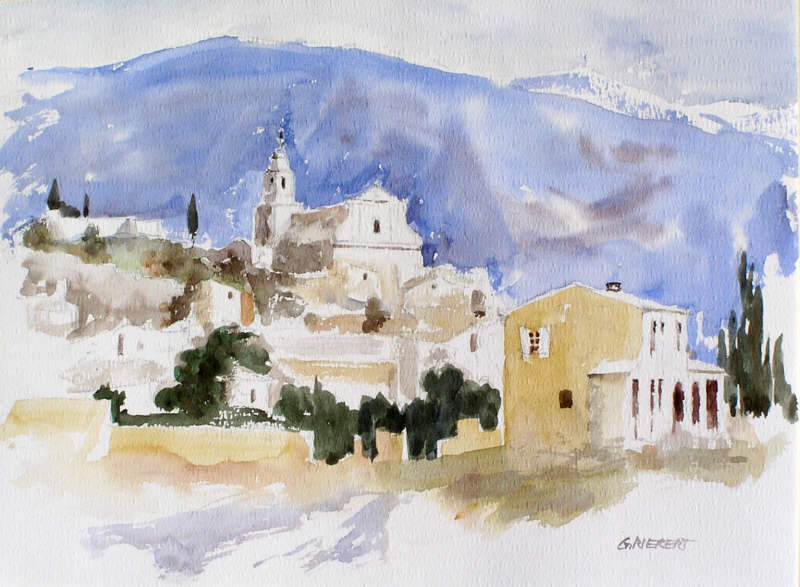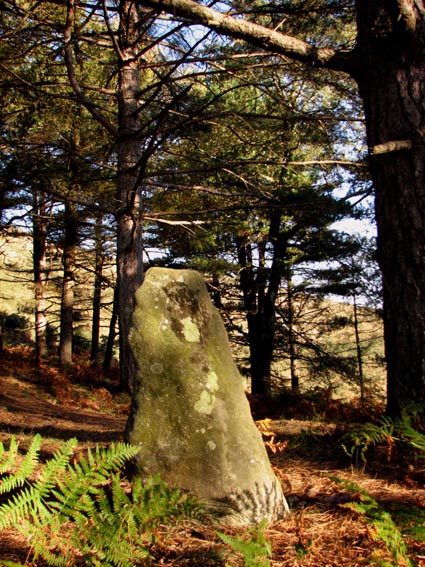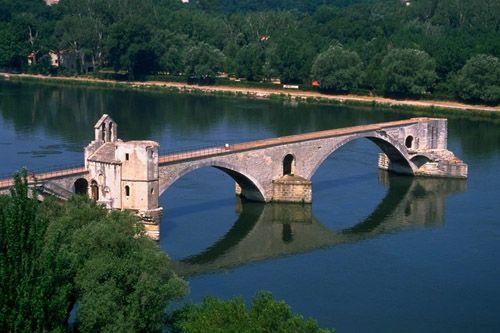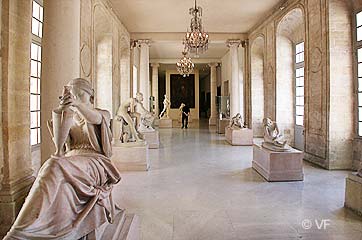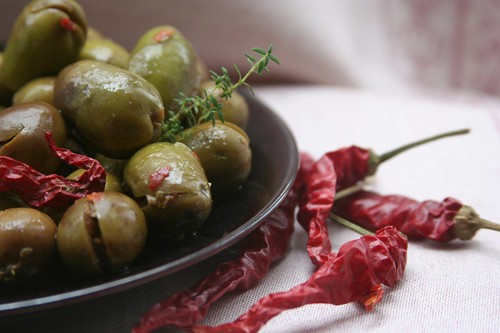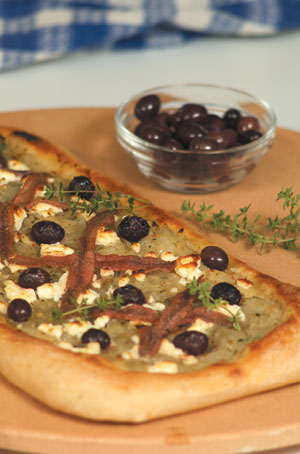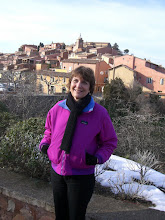Okay, I admit it: I am a fair-weather walker. Since mid-January, my husband has conscientiously devoted an hour before breakfast to exploring Bédoin and its environs—be it dark, cold, or sprinkling rain. During that time, I have either been sleeping, checking email, or working on my blog. But, I am happy to report, I have turned over a new leaf since spring has arrived…well, make that since last Wednesday, when I began accompanying Ray on his constitutional. Early morning is, I must say, a very pleasant time of the day. At seven or so, the sun is just starting to peep over the top of the mountain and the town is coming to life. Les boulangers have been up early, of course, and the air is filled with the aroma of freshly baked bread. Ladies at the tabacs and the men at the boucherie are ready for business and some people open the volets (“shutters”) of their houses as we start out on our walk.
In his three months discovering Bédoin, Ray has established a number of hour-long circuits, so he usually chooses our morning route. An in-town itinerary might include a climb to the church, followed by a descent toward the town pool and trailer campsite, past a working farm, and the loop back past la gare routière (really just a covered area to wait
 for the intercity bus) to get back home. The farm, which has obviously been around for quite awhile, is not at all far from downtown. We can hear its cacophony of sounds—from the donkeys, sheep, roosters, and cow bells—long before we catch sight of the crazy jumble of old and new machinery and buildings on its property. Mornings or otherwise, we have seen very few wild animals on our walks, just a couple of rabbits, none of the squirrels found almost everywhere in the U. S.
for the intercity bus) to get back home. The farm, which has obviously been around for quite awhile, is not at all far from downtown. We can hear its cacophony of sounds—from the donkeys, sheep, roosters, and cow bells—long before we catch sight of the crazy jumble of old and new machinery and buildings on its property. Mornings or otherwise, we have seen very few wild animals on our walks, just a couple of rabbits, none of the squirrels found almost everywhere in the U. S. Because of the size of Bédoin, it doesn’t take more than five minutes for us to get to the countryside if we choose to do an out-of-town loop. Everything is so green right now; sweet-smelling genêt and lilacs are flowering as are the
 irises and poppies that once fascinated Van Gogh and Monet. Our trip might include going east on the route de Flassan where we get a great view of the entire escarpment of Mont Ventoux. After about one kilometer we reach the field which holds the evening marché agricole (a mostly-bio ["organic"] farmers' market) and the morning vide-grenier (literally “empty-attic”—a kind of yard sale). Saturday we even stopped by to see what the six or seven individuals who had set up by eight a.m. had emptied out of their attics. As in any type of outdoor sale, there was a real hodge-podge of items: books, records (we’re talking 45s and 78s here), toys, dishes, glassware, pictures, old ads, light fixtures, etc. A Breton-born man was selling everything from African-looking masks to a small carved wooden box to be used for jewelry or as furniture in a child’s doll house. One woman from Carpentras explained that she needed to get rid of a lot of belongings since she and her husband were moving into a small apartment; she had some lovely linens that tempted me but the prices of over fifty euros for each set were too high. Heading back, we took a left off the main road and passed through an area of beautiful homes my husband refers to as “the suburbs.”
irises and poppies that once fascinated Van Gogh and Monet. Our trip might include going east on the route de Flassan where we get a great view of the entire escarpment of Mont Ventoux. After about one kilometer we reach the field which holds the evening marché agricole (a mostly-bio ["organic"] farmers' market) and the morning vide-grenier (literally “empty-attic”—a kind of yard sale). Saturday we even stopped by to see what the six or seven individuals who had set up by eight a.m. had emptied out of their attics. As in any type of outdoor sale, there was a real hodge-podge of items: books, records (we’re talking 45s and 78s here), toys, dishes, glassware, pictures, old ads, light fixtures, etc. A Breton-born man was selling everything from African-looking masks to a small carved wooden box to be used for jewelry or as furniture in a child’s doll house. One woman from Carpentras explained that she needed to get rid of a lot of belongings since she and her husband were moving into a small apartment; she had some lovely linens that tempted me but the prices of over fifty euros for each set were too high. Heading back, we took a left off the main road and passed through an area of beautiful homes my husband refers to as “the suburbs.” Once back on the main street, we stop by a bakery, either Lou Cigalou (provençal for la cigale, "ciccada"--a symbol of Provence) or Olivero, to pick up a bread or croissants and then on to the tabac for the newspaper, noting the temperature
 outside an agence immobilière (“real estate agency”) as we go. While I can’t guarantee that I will be as steadfast as my husband in my commitment to the morning walk, I have really enjoyed it so far.
outside an agence immobilière (“real estate agency”) as we go. While I can’t guarantee that I will be as steadfast as my husband in my commitment to the morning walk, I have really enjoyed it so far.


